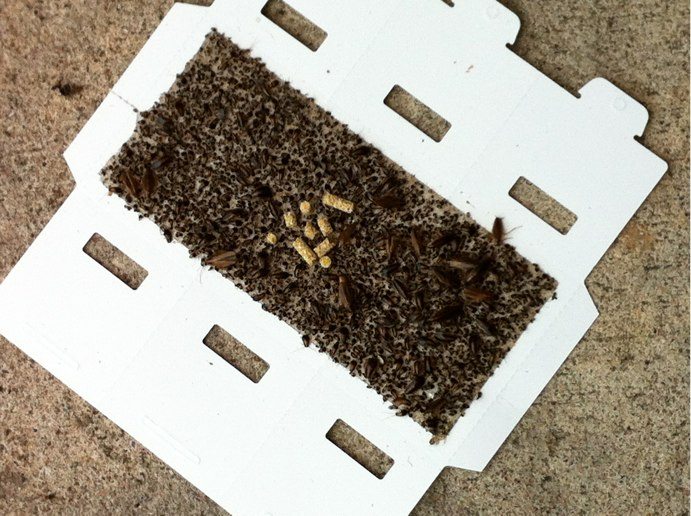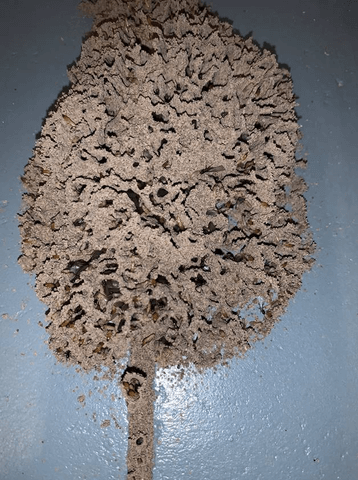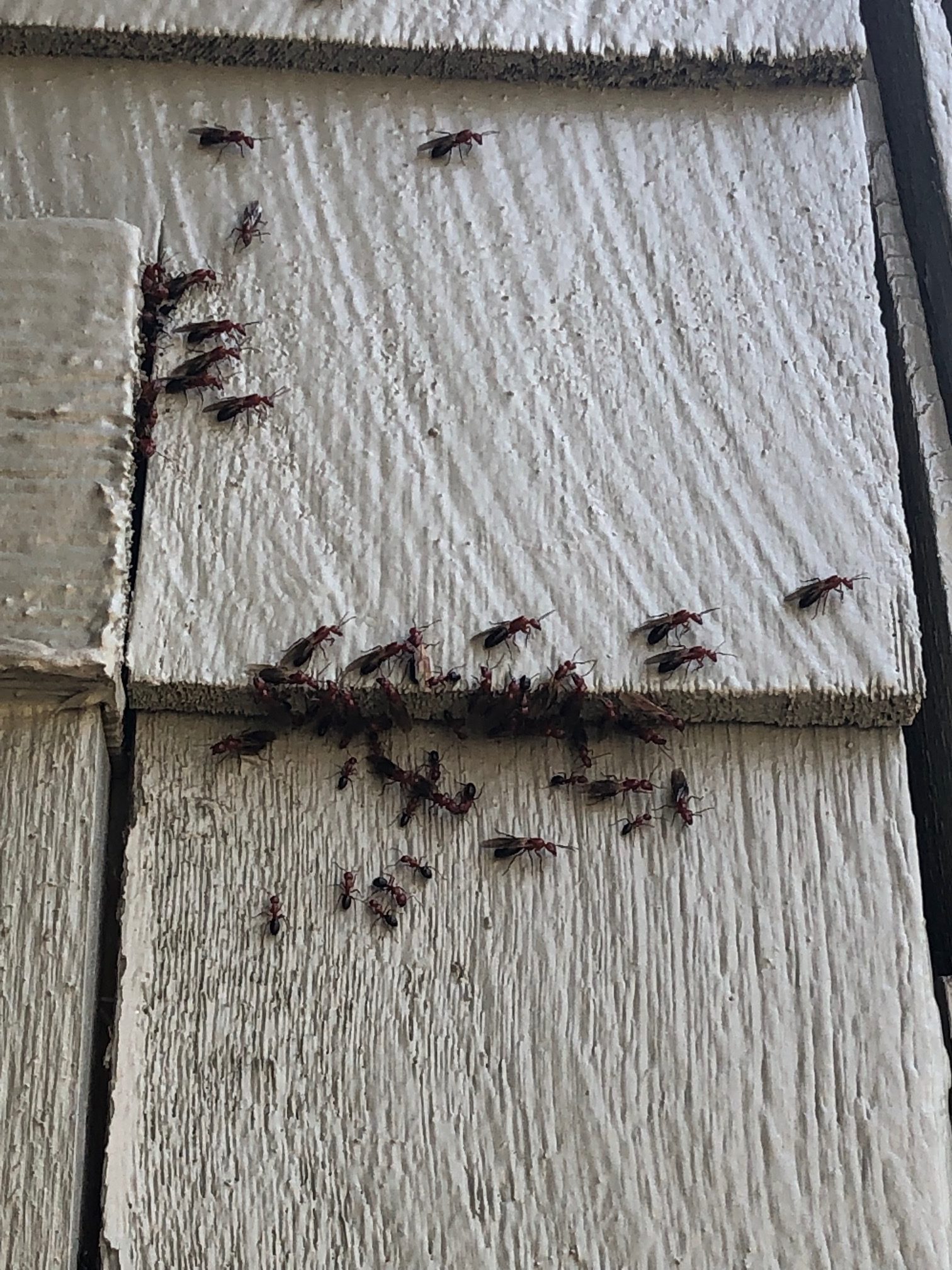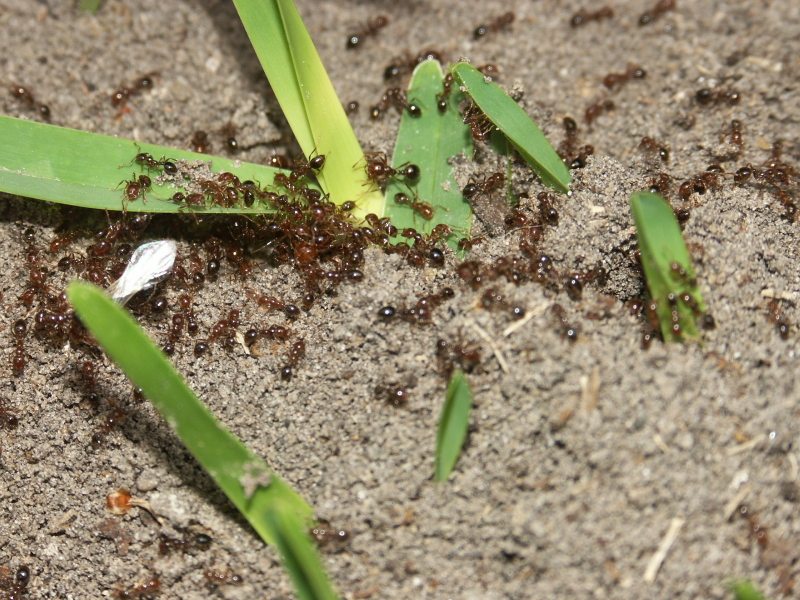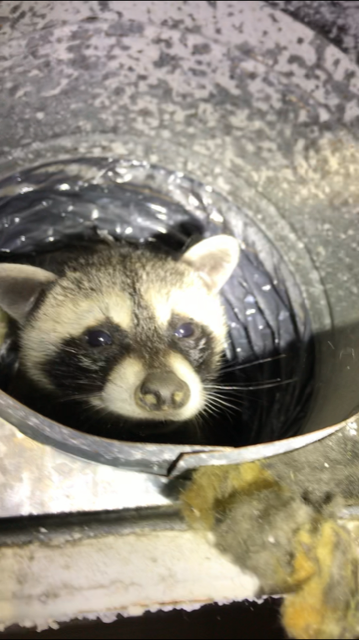Cockroaches
![]() While there are approximately 3500 species of cockroaches, only 55 species are known to live in the U.S. In Texas, five cockroach species are really troublesome in homes and buildings. They are the German, American, Brown-banded, Oriental, and Smoky Brown.
While there are approximately 3500 species of cockroaches, only 55 species are known to live in the U.S. In Texas, five cockroach species are really troublesome in homes and buildings. They are the German, American, Brown-banded, Oriental, and Smoky Brown.
Cockroaches are a terrible nuisance in central Texas. These pests can enter our homes in boxes, grocery bags, beverage cartons, furniture and dried pet foods. They also enter around loose-fitting doors and windows, weep holes, where electrical lines or water and steam pipes pass through walls, in seasoned firewood and through sewer lines.
Most cockroaches are nocturnal and appear during daylight only when disturbed or where there is a heavy infestation. They prefer warm, dark, humid shelters, and often move around the kitchen sink or drainboard. They prefer to rest in cracks around, under or inside cupboards and cabinets; where pipes or electrical wiring pass along or through a wall; behind window or door frames, loose baseboards or molding strips; under tables and chairs; in upholstered furniture; in bathrooms; in radio and TV cabinets; and in motor compartments of refrigerators, washing machines and other appliances. It is important to know where cockroaches are hiding in your home because these are the locations that must be cleaned and treated.
Not only do roaches feed on human food, they also feed on materials such as leather, wallpaper paste and book binding and sizing. Cockroaches contaminate food with excrement and salivary secretions, and they may leave an unpleasant odor. Although their role in transmitting diseases to humans is poorly documented, cockroaches also carry disease organisms, and their droppings often contribute to asthma and other breathing problems.
Development and Behavior
Cockroaches develop by gradual metamorphosis and have three life stages: egg, nymph and adult. Adult females produce small, bean-shaped egg capsules. The female usually drops the egg capsules or glues them to some surface soon after they are formed. However, the female German cockroach carries the capsule protruding from her body until the eggs are ready to hatch. Each capsule contains around 40 eggs. Nymphs hatch from the eggs and emerge from the capsules. The female may produce up to eight egg cases in a lifetime; in favorable conditions, she can product 300-400 offspring. The nyphs resemble adult cockroaches, except that they are smaller and do not have fully developed wings. Their flattened bodies and long, spiny legs enable them to run rapidly and to squeeze into crevices and other dark hiding places.
Other species of cockroach, however, can produce an extremely high number of eggs in a lifetime, but only needs to be impregnated once to be able to lay eggs for the rest of its life.
Nymphs molt several times before becoming mature males and females. As indicated in Table 1, the time required to complete the life cycle varies from about 2 months to nearly 3 years depending on the species, food and water sources, and environmental conditions.
German roaches on a sticky board
